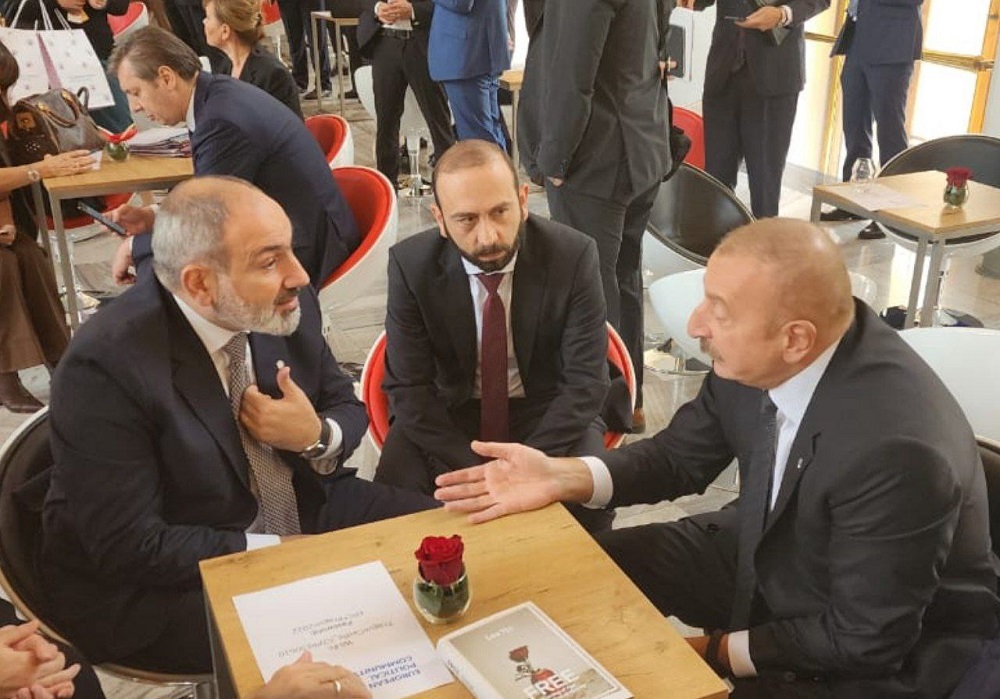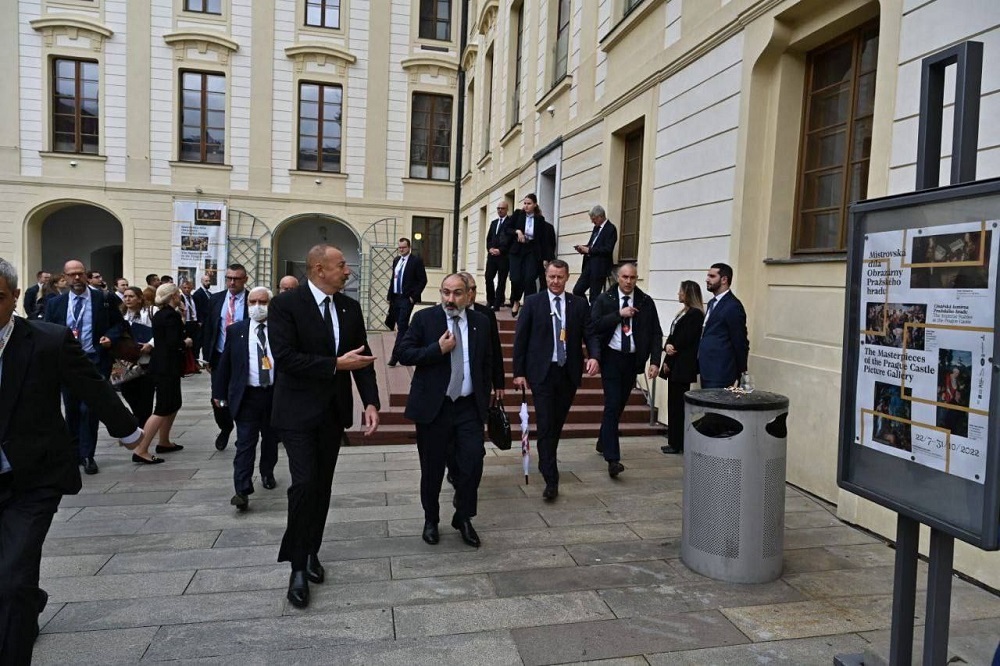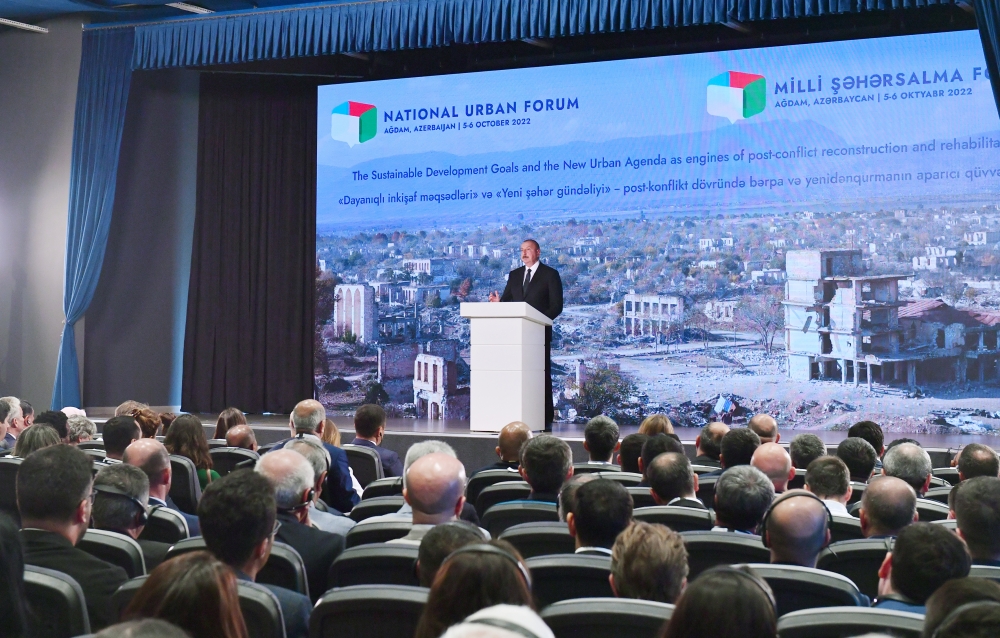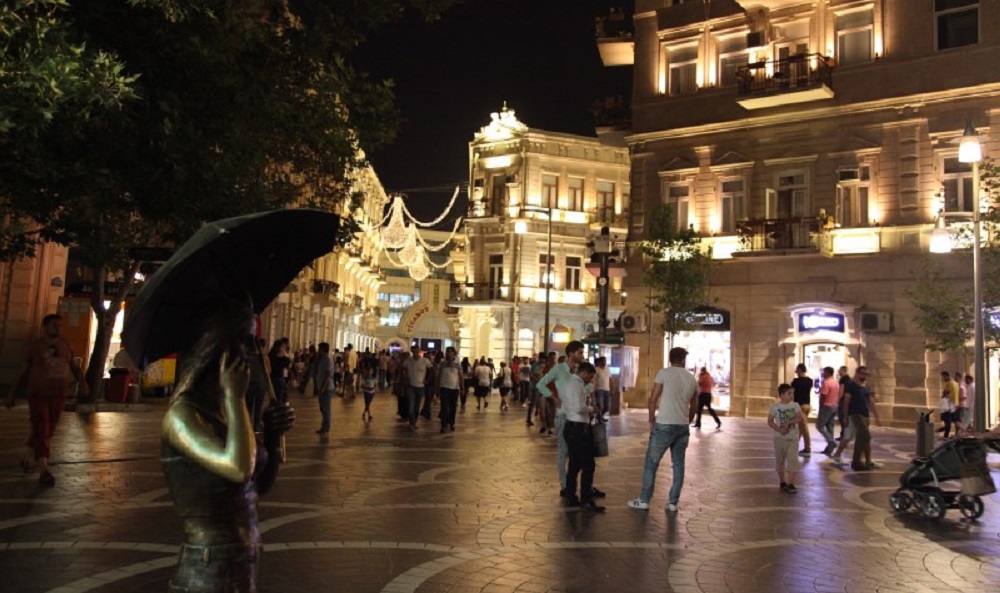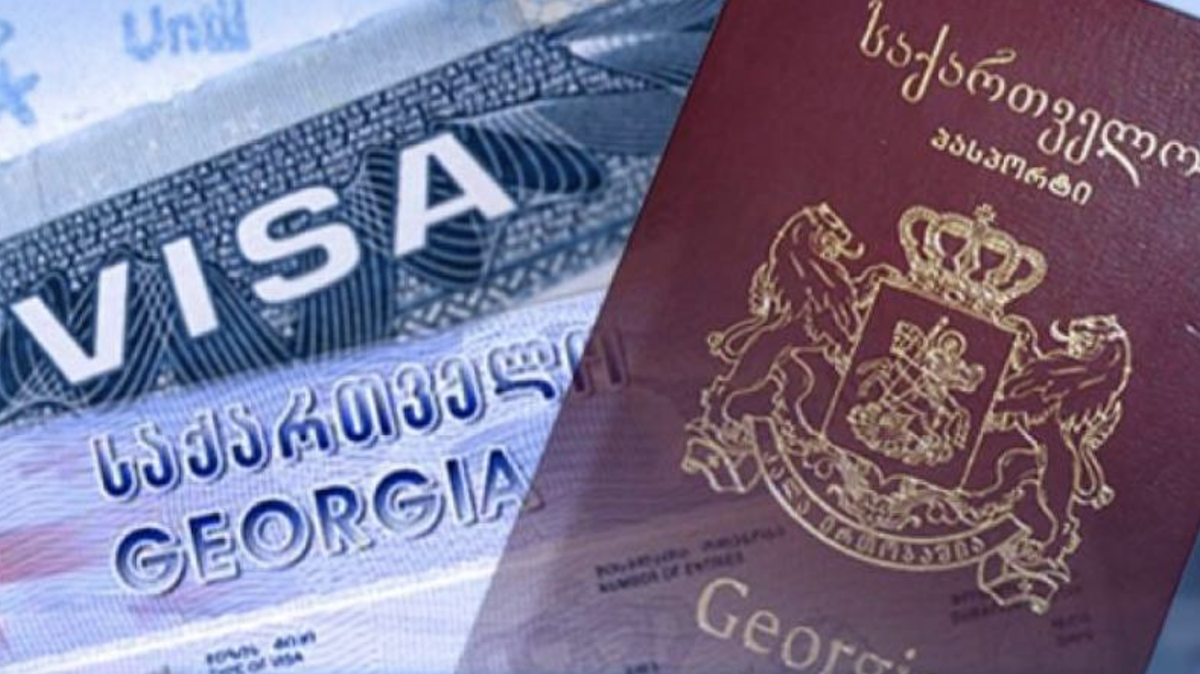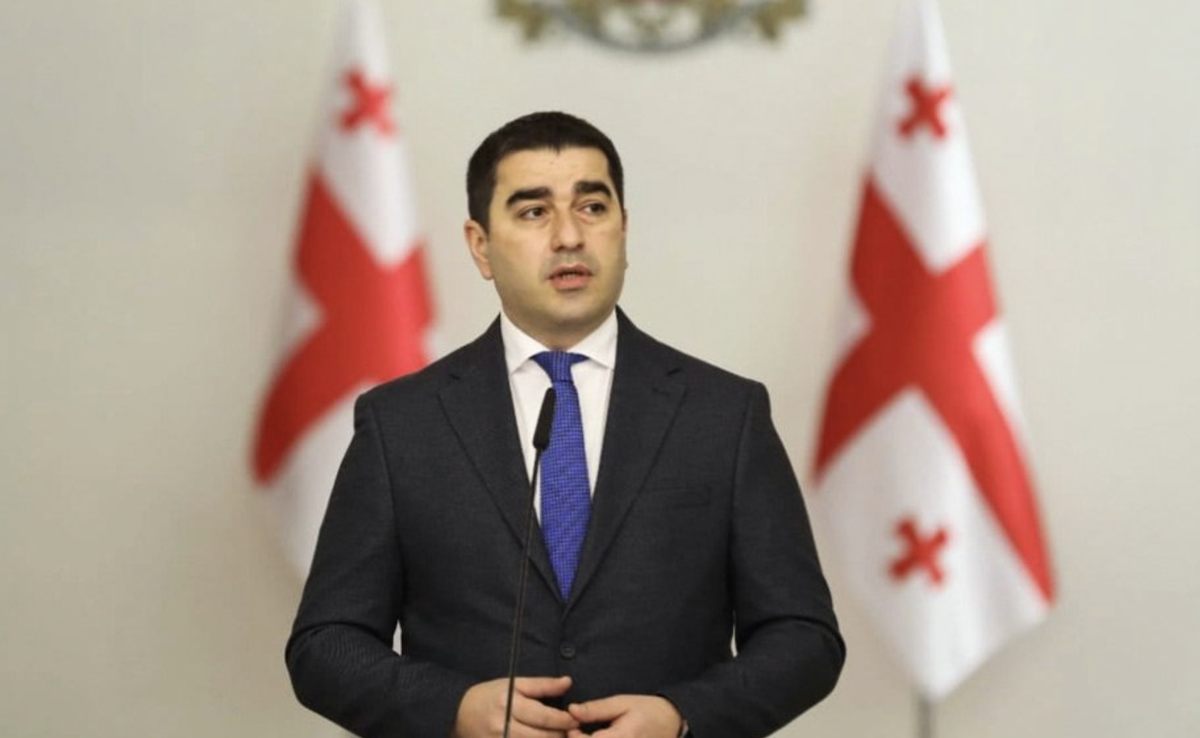The Armenian population of Karabakh citizenship dilemma - Analysis from Baku
Citizenship dilemma of the Armenian population of Karabakh
Work is underway on a peace treaty between Azerbaijan and Armenia. Last week, during the Prague summit, the two countries verbally recognized each other’s territorial integrity during negotiations between the President of Azerbaijan and the Prime Minister of Armenia. According to Ilham Aliyev, the regulation of relations with the Armenian population of Karabakh is an internal affair of Azerbaijan. Official Baku considers Karabakh Armenians to be citizens of Azerbaijan. The “South Caucasian Analytical Center” (CSSC) commented on the problem of citizenship for Armenians living in Karabakh.
- “Talking about opening Russian schools in Armenia is a form of pressure.” Opinion
- Turkey’s initiative may be the last chance for world – comments from Baku
- Georgian parliament to consider bill on introduction of visa policy for Russians
How did it all start?
“With the beginning of the Armenian-Azerbaijani conflict in 1988, a forced exchange of population took place between the two countries (then still union republics of the USSR). Azerbaijanis living in the Armenian SSR settled mainly in Azerbaijan. Armenians who left the Azerbaijan SSR became citizens of Armenia or other countries.
But for the Karabakh Armenians, this process went in a different direction. They turned into citizens of Armenia, but physically continued to live on the territory of Azerbaijan.
On December 1, 1989, the Supreme Council of the Armenian SSR decided to join the NKAR with Armenia. This decision did not comply with the legislation of the USSR and international law. On January 10, 1990, the Presidium of the Supreme Soviet of the USSR, signed by Mikhail Gorbachev, decided to suspend the decision of the Supreme Soviet of the Armenian SSR. The resolution stated that the reunification of Karabakh with the Armenian SSR without the consent of the Azerbaijan SSR is contrary to Article 78 of the Constitution of the USSR.”
What happened in 2003?
“In spite of this, the Armenian parliament’s 1989 resolution is still valid in the internal legislation of Armenia. This was not only legislative annexation, but it allowed the Armenian population of Karabakh to accept Armenian citizenship.
In the Constitution of Armenia, this act of annexation of the territories of Azerbaijan is mentioned only indirectly. In 2003, the Supreme Court of Armenia also referred to this decision of the Supreme Council of the Armenian SSR. Thus, in that year, a group of Armenian oppositionists filed a lawsuit with the Supreme Court to recognize the election of Robert Kocharyan as president of Armenia as inconsistent with the country’s legislation. According to the requirements of Armenian law, a person who has lived in Armenia for the past ten years can be elected President of Armenia. Then the Supreme Court of Armenia, with reference to the parliamentary decision of December 1, 1989, recognized the election of Kocharyan as competent, because ‘Karabakh is legally part of Armenia‘.”
Legal vacuum
“Currently, Armenia’s demand that the rights of its citizens living on the territory of another state be respected is absurd. To discuss the rights of the Armenian population of Karabakh, as citizens of Azerbaijan, Armenia must eliminate the citizenship of these people not only through the mouths of high-ranking officials, but also legally. To do this, the Armenian parliament is obliged to recognize the legislative act of December 1, 1989 as invalid, and after that all the consequences of this decision must be brought in line with international law.
Armenians from Hadrut and other parts of Karabakh are now in a difficult situation precisely because of Armenian policy. They found themselves in a legal vacuum. They cannot be recognized as refugees, because refugees in international law are people who are forced to migrate from one country to another. But they were already citizens of Armenia, and now they live in the territory of the same country.
They cannot be recognized as internally displaced persons, because they have not been forcibly expelled. International law considers as such persons who are forcibly displaced from one part of the country to another. But Karabakh is not a territory of Armenia.”
What to do?
“Now the former residents of Hadrut and other parts of Karabakh have a choice: either they will continue their lives as citizens of Armenia in Armenia itself, or receive refugee status. But for this they need to prove that they are citizens of Azerbaijan.
And in order to return to Hadrut and other parts of Karabakh, they need to prove that they are not citizens of Armenia, because Azerbaijani legislation does not allow dual citizenship. And there is a legal procedure for obtaining Azerbaijani citizenship.
If the leadership of Armenia wants to help these people, then first of all it should deprive them of Armenian citizenship. After tha they will be considered stateless until obtaining the citizenship of Azerbaijan or another country.”










